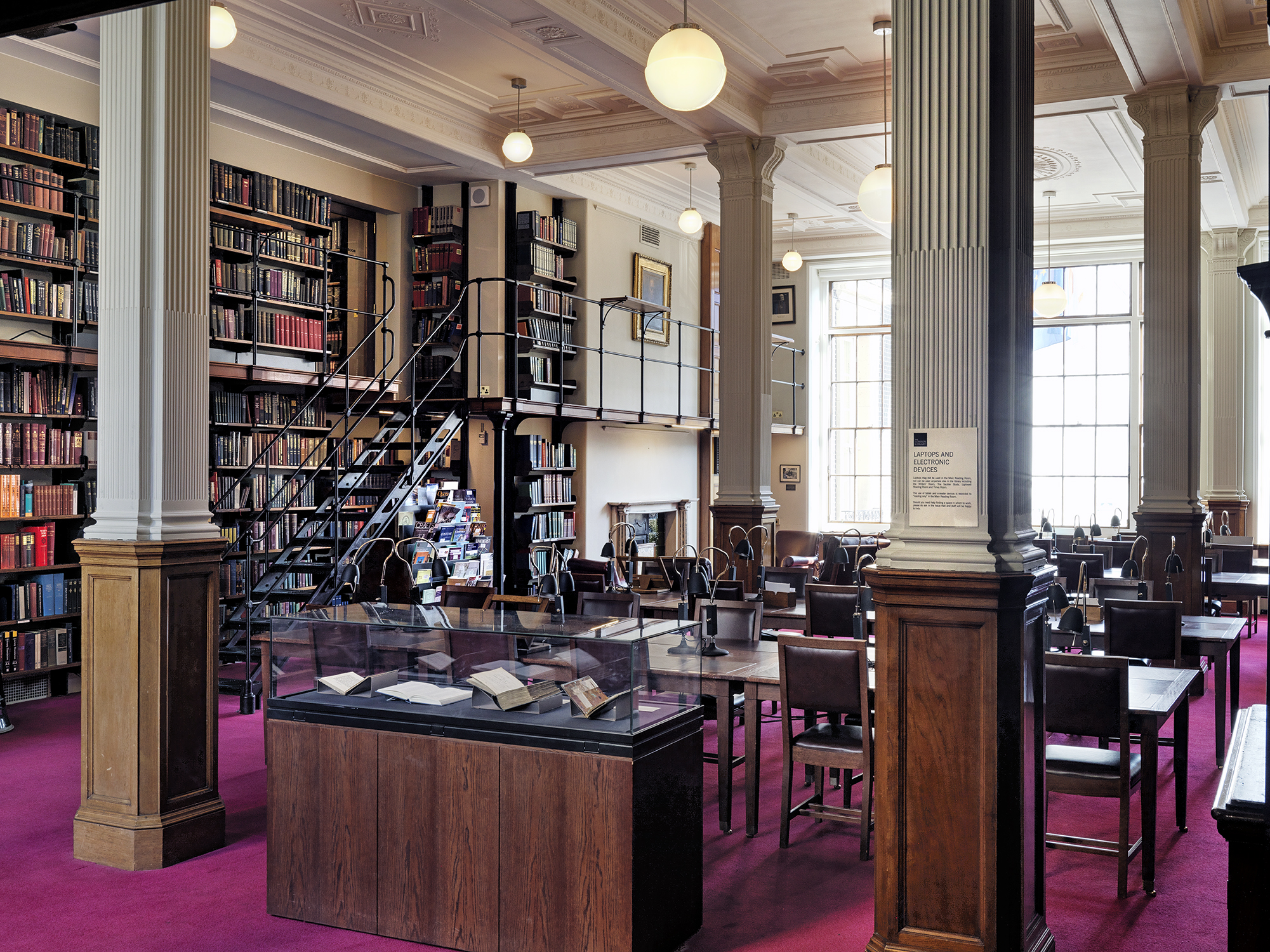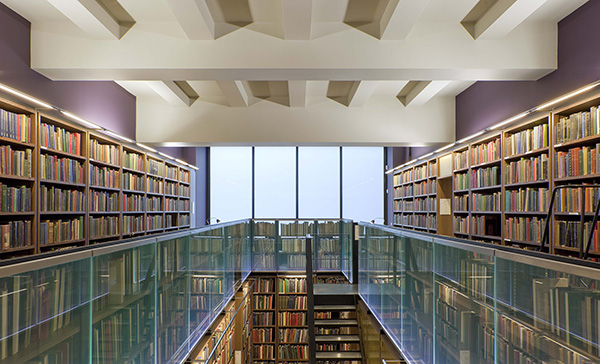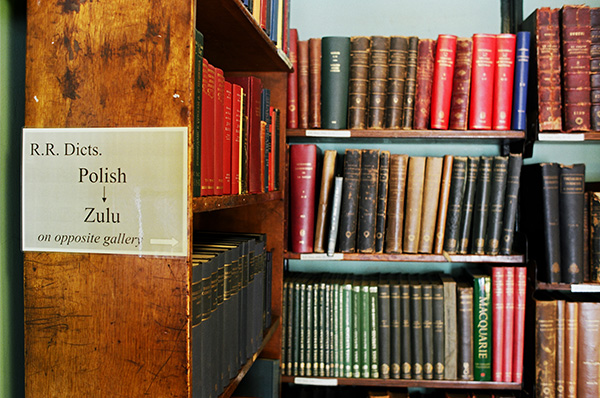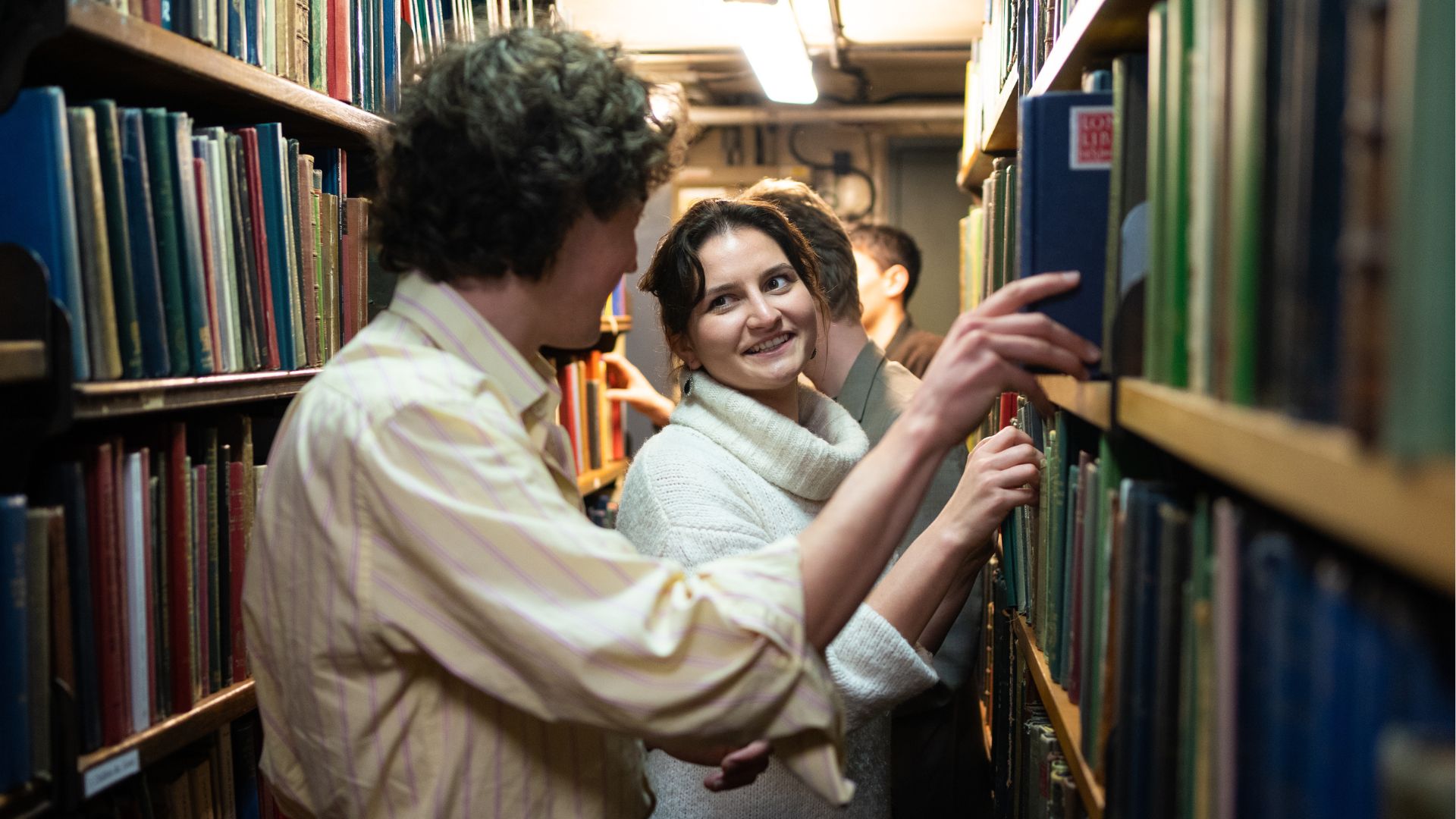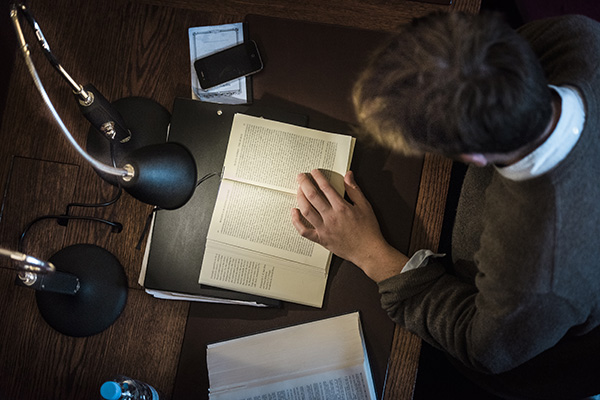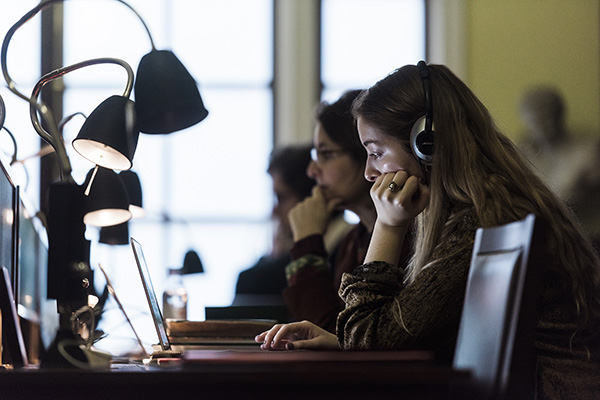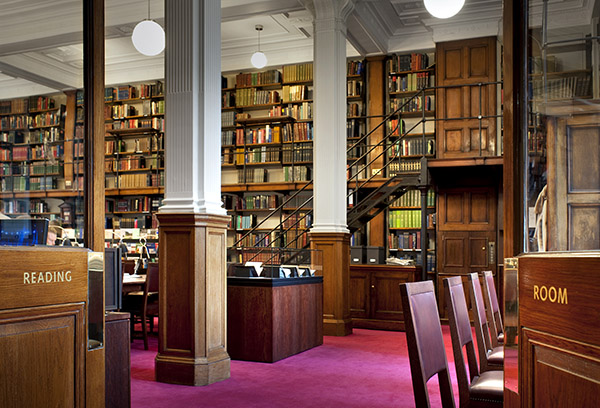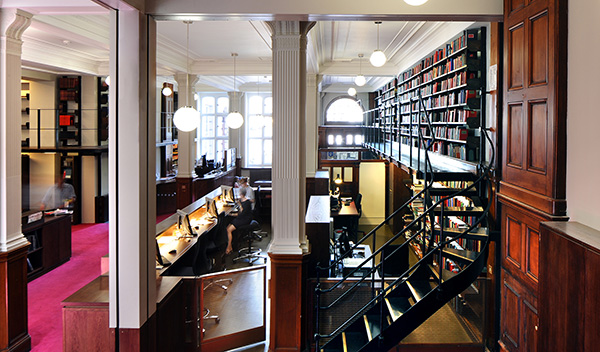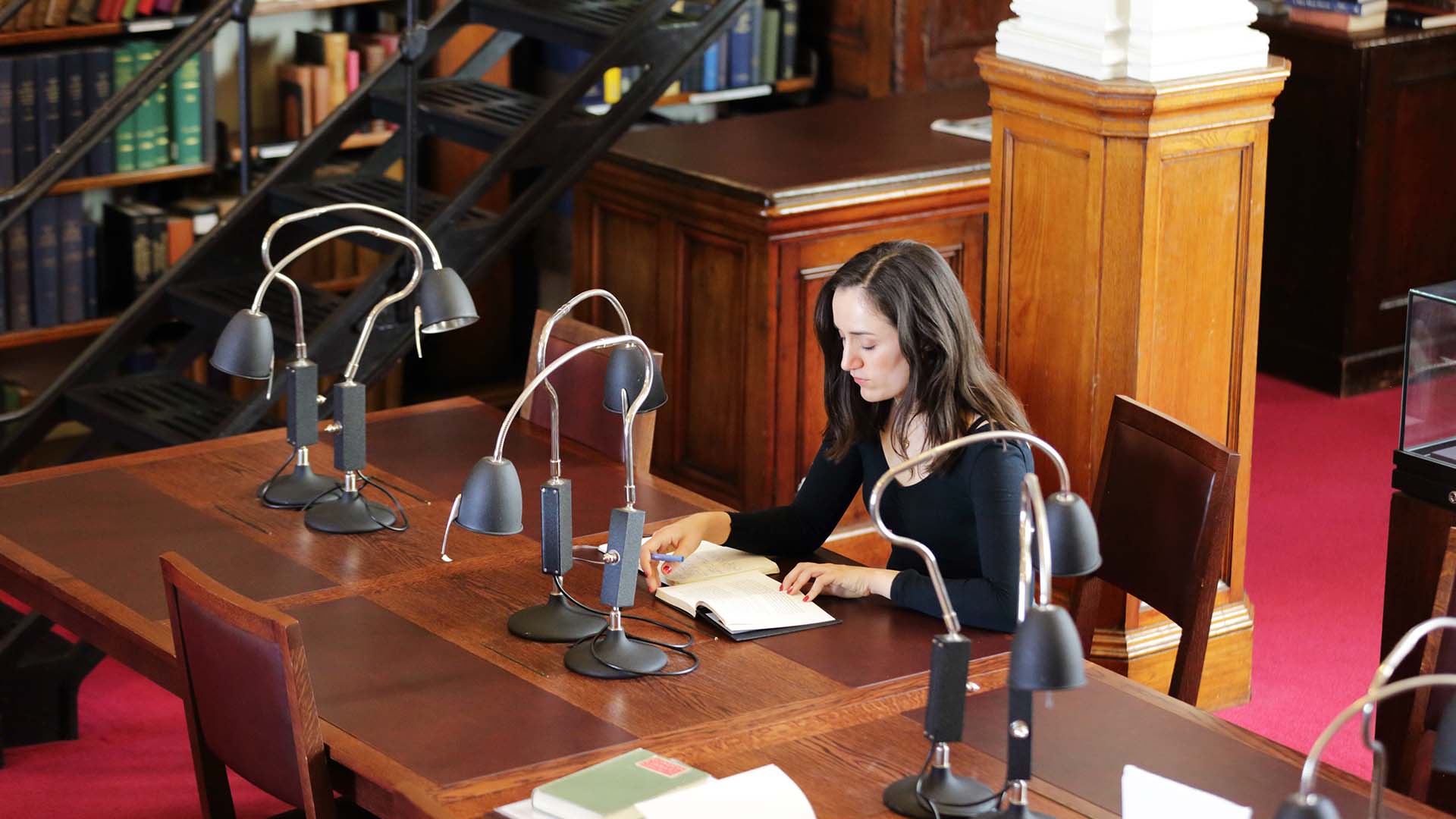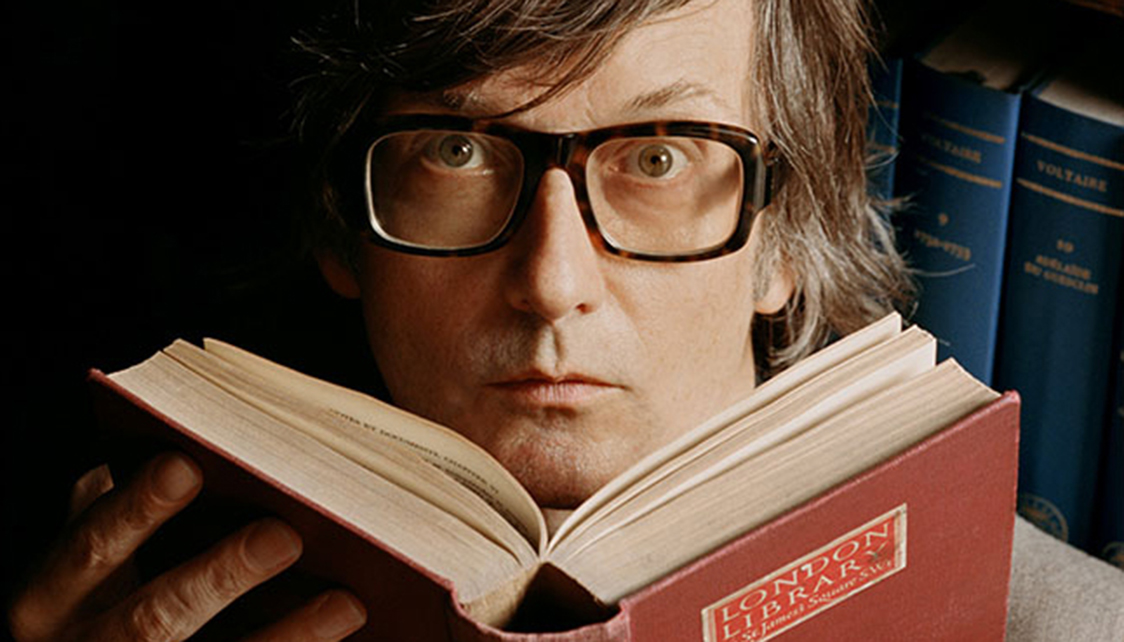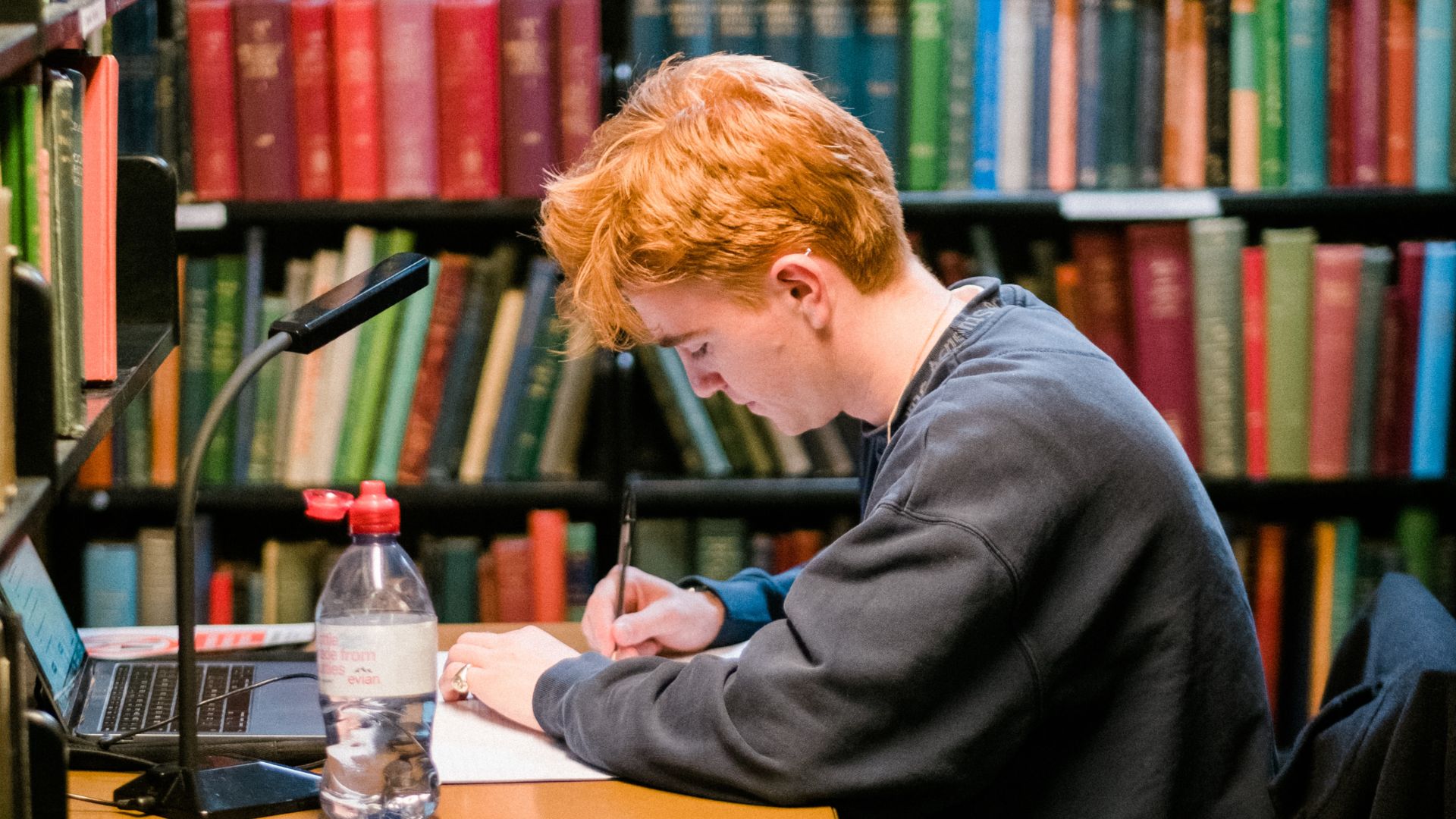As The London Library prepares to celebrate its 180th anniversary this weekend, it reveals for the first time the extensive borrowing records of Charles Darwin, who was one of the Library’s earliest members, joining within a few weeks of the Library opening on 3rd May 1841.
In the Library’s archive are a selection of handwritten Issue Books from the 1840s and 1850s, only a few of which have survived to provide a partial record of early members’ borrowing activities. In amongst them are records for Charles Darwin, listing the books he borrowed during various periods between July 1843 and February 1846 and then during a short, undated period in the early 1850s. The Library’s recent research into these ledgers provides a remarkable insight into Charles Darwin’s reading habits during a busy period in his professional life and reveal him to be a voracious leisure reader.

© Cultureshock
In the two year period between July 1843 and July 1845, for example, the Issue Books reveal that Charles Darwin borrowed at least 200 books from The London Library, arranging 36 separate visits to collect them. Of the 119 titles mentioned – many of them multi-volume works - the Library has at least 73 of the relevant editions still in its collection today.
The list is remarkable in its range and extent. Charles Darwin’s reading list includes:
- Lives of the Queens of England, by Agnes Strickland
- Travels in New Zealand by Ernst Dieffenbach
- Works and Essays by Montaigne
- Consuelo, Andre and Valentine by George Sand
- Austria by JB Kohl
- The Journal of a Naturalist by John Knapp
- Correspondence of William Pitt
- The History of Greece by William Mitford
- Sermons on Christian Life by Thomas Arnold
- History of the Conquest of Mexico by William Prescott
- Travels through the Alps by James Forbes
- The Bible in Spain by George Henry Borrow
- The Poetical Works of Robert Southey
- The Art of Deer Stalking by William Scrope
The period covered by the Issue Books were a hectic time for the family. Five children were born and during the 1840s Charles Darwin, often ill, produced scientific works on coral reefs and volcanic islands and a revised edition of his bestselling Voyage of the Beagle. Out of the public eye, he was also working on his ‘species theory’, outlining the main ideas in his notebooks by 1842 and writing them up as a fully researched paper which he began sharing with his closest friends in 1844, 15 years before they were eventually published as The Origin of the Species. Exhaustive research into barnacles dominated his time in the late 1840s.

© Cultureshock
In spite of the workload, Charles Darwin and his wife Emma would often spend evenings reading together. It is highly likely that London Library books formed part of this routine, with Charles often borrowing books two or three times a month, taking out several volumes at a time.
Philip Marshall, Director of The London Library commented: “The Issue Books are a remarkable survival, and reveal a fascinating portrait of Charles Darwin as a voracious general reader fuelled by intellectual curiosity and drawing heavily on The London Library for reading material. As the Library approaches its 180th anniversary it has been very special to explore the way in which the Library’s collection informed the thinking of one of its earliest members just as it drives the ideas of our members today.”
The Library’s connection with the Darwin family is a strong one. Charles Darwin’s brother Erasmus was a founder member and introduced Charles to the Library in 1841. Five of Charles’ children joined between 1862 and 1890. Writer, Emma Darwin – Charles’s great-great granddaughter – has been a member here for several years.
The research into Charles Darwin’s reading list demonstrates the place The London Library has as one of the country’s greatest literary institutions, providing a centre of creativity, inspiration and ideas for 180 years. It has had a unique impact on the country’s literary and artistic output and continues to do so today. Thousands of the world’s greatest writers and thinkers have been associated with it, passionately supporting it and drawing heavily on its collection to produce their work. The London Library is the world’s largest independent lending library and anyone can become a member.


